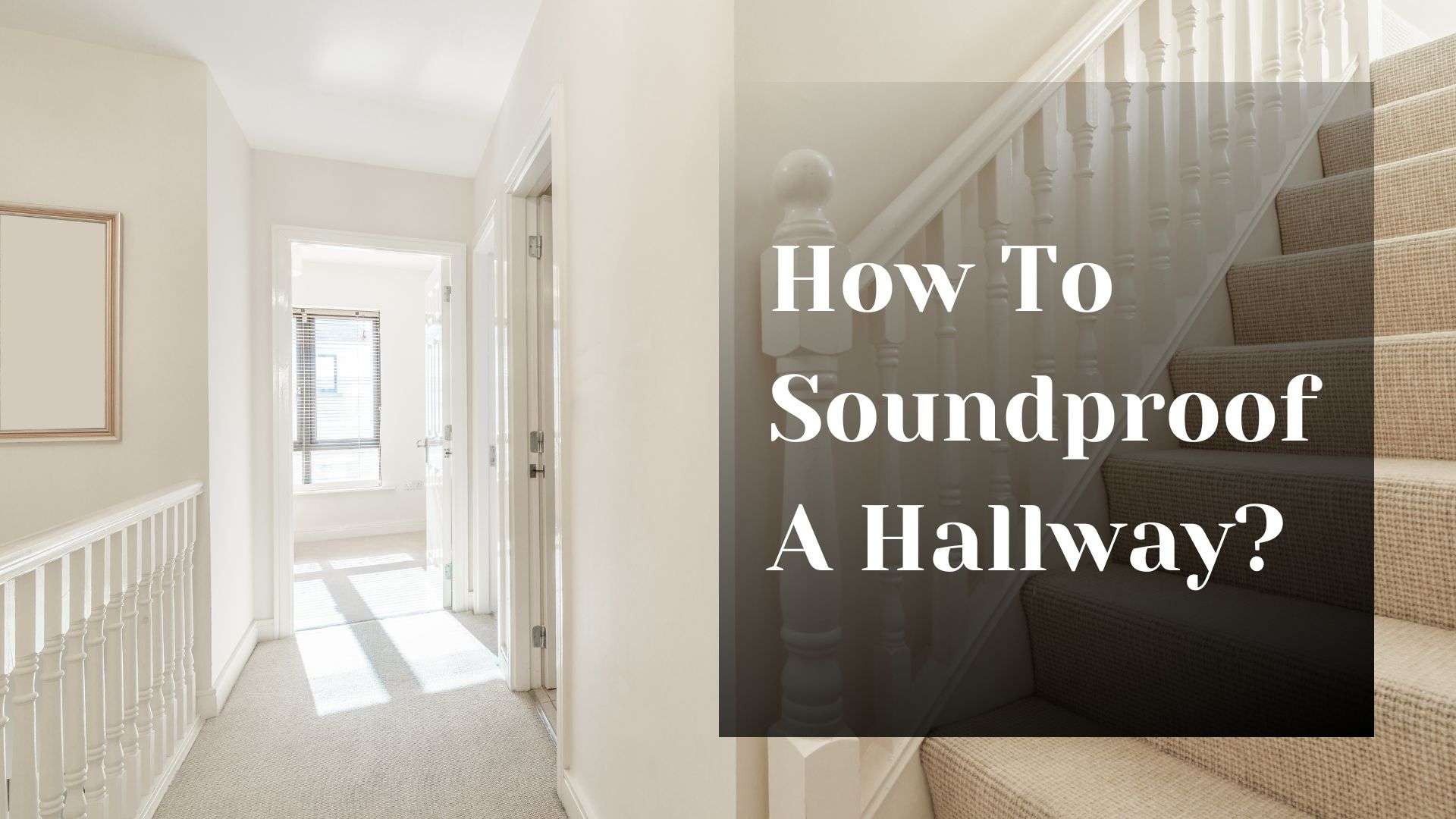Sound deadening vs Sound blocking
There are two different ways to manage and control sound in an environment: sound blocking and sound deadening. Everyone has a distinct function and set of uses.
Sound deadening: Also referred to as sound absorption, sound deadening aims to lessen sound waves’ reflection and reverberation inside an area. In order to prevent sound energy from bouncing back into the space, materials made to absorb it are used.
Next To Read: How to Reduce Noise from Neighbours Outside?
To do this, sound-absorbing materials like fiberglass, acoustic foam, and acoustic panels are frequently utilized.
Sound deadening is particularly helpful in areas like recording studios, home theaters, and concert halls where you want to enhance the acoustics, get rid of echo, and create a more comfortable aural environment. It doesn’t always keep outside noise from getting inside the space.
Sound Blocking: On the other hand, sound blocking tries to stop internal noise from leaving a place or outside noise from entering it.
Next To Read: How to Block Out Noise Without Earplugs?
It entails erecting a wall or utilizing substances that are intended to block the passage of sound waves.
In order to achieve sound blocking, soundproofing techniques such as adding mass and density, caulking gaps and cracks, and utilizing soundproof curtains or acoustic barriers are frequently used.
This method works well in areas where you need to protect against outside noise sources, preserve privacy, or minimize interruptions.
In residential locations, sound blocking is frequently used to lessen the impact of neighborly noise or street noise.
How much noise can soundproof curtains block?
The amount of noise that soundproof curtains can effectively block relies on a number of circumstances, and their level of noise-blocking effectiveness varies.
A soundproof curtain’s Noise Reduction Rating (NRR), expressed in decibels (dB), is a crucial performance metric.
Greater noise reduction capabilities are indicated by higher NRR ratings. With NRR ratings of 20 dB or higher, high-quality soundproof curtains can attenuate incoming noise by that much.
Next To Read: Does sound travel up or down?
The frequency of the noise you’re trying to reduce affects how successful these curtains are as well.
The best soundproof curtains are those that block mid-to-high-frequency noises, such as traffic noise or voices.
While they might not be as effective against extremely low-frequency sounds, including heavy machinery or deep bass music, they can provide some reduction in lower-frequency noise.
Do soundproof curtains work in large spaces?
Because of the way they are made and designed to be used, soundproof curtains may not be as effective in larger spaces as they are in smaller ones.
It is harder for curtains to significantly reduce noise in large spaces because sound waves have more room to travel and may pass through them.
Generally speaking, soundproof curtains are made for smaller spaces like living rooms, bedrooms, or home offices where they can be used to reduce background noise.
Next To Read: Why Do I Make Noise When I Yawn?
Other soundproofing techniques might be more appropriate in larger locations like warehouses, industrial environments, or open-concept living areas.
Acoustic panels, materials that absorb sound on walls and ceilings, and structural changes to the area are a few examples of these techniques.
These solutions are more suited to deal with the particular difficulties brought about by bigger rooms and their distinct acoustic characteristics.
Next To Read: 10 Effective ways to get rid of echo in room
But it’s important to remember that soundproof curtains can still be useful in large rooms since they can assist absorb and lessen echoes and reverberation.
Even though they might not be able to totally stop outside noise, they can help make the room feel more acoustically pleasant.
Final Thoughts!
Soundproof curtains are a useful addition to any house or place of business, offering a practical and reasonably priced means of attenuating unwanted noise.
Although they can’t solve every noise issue, they can greatly increase your privacy and comfort. To guarantee you receive the greatest results, consider things like materials, sealing features, and noise reduction ratings when selecting soundproof curtains.
Recall that soundproof curtains can be made more effective by combining them with other soundproofing techniques. Thus, soundproof curtains can be the answer you need if you’re trying to create a calmer, quieter atmosphere.












